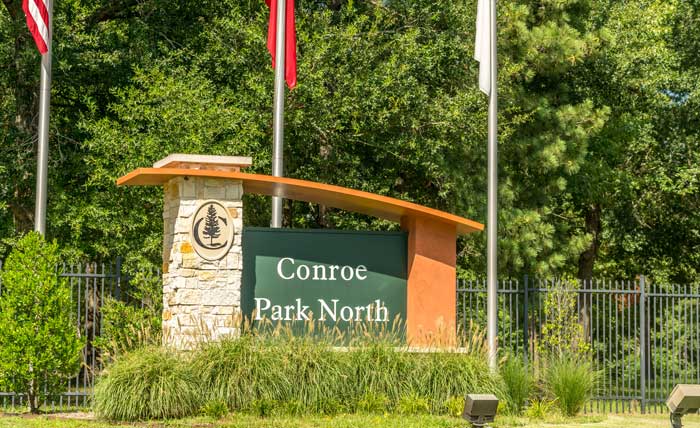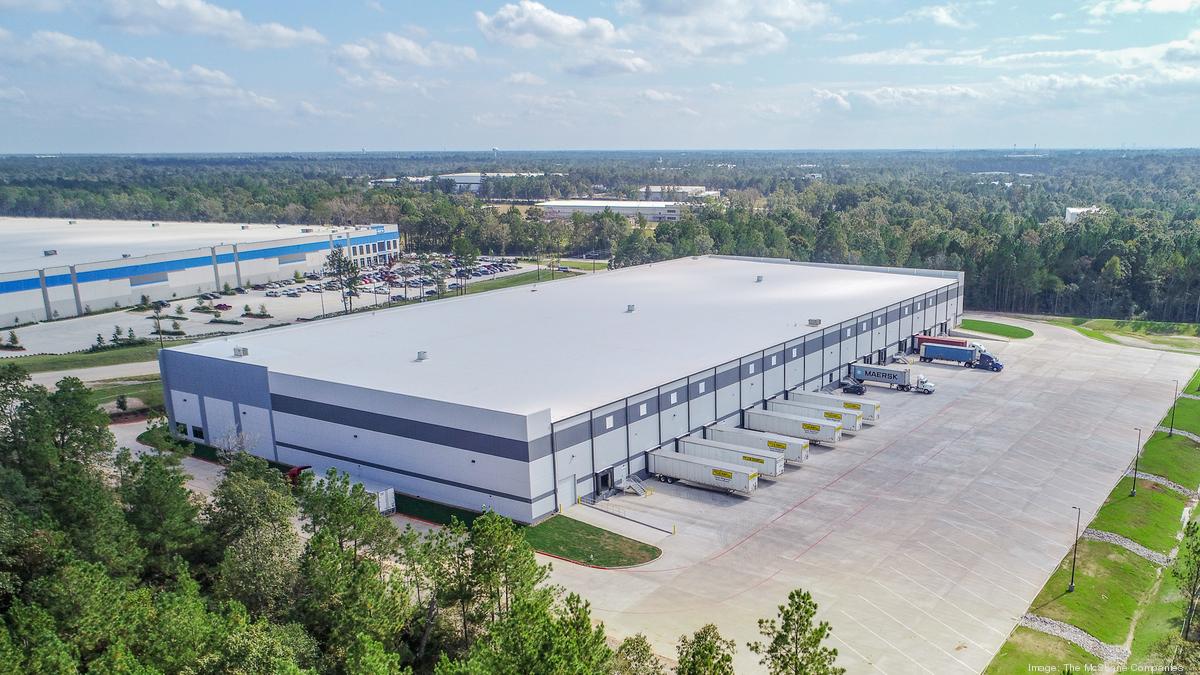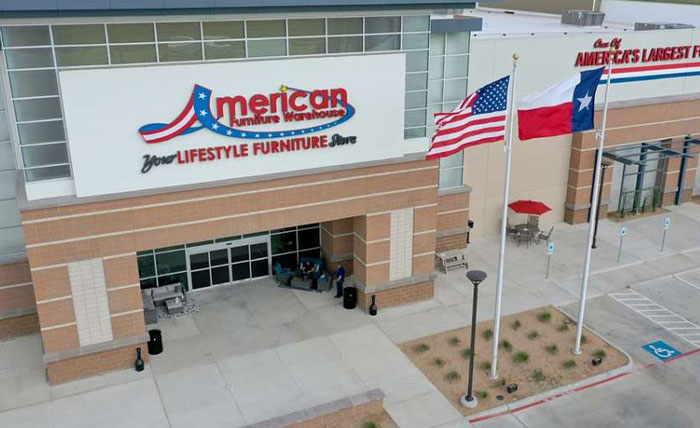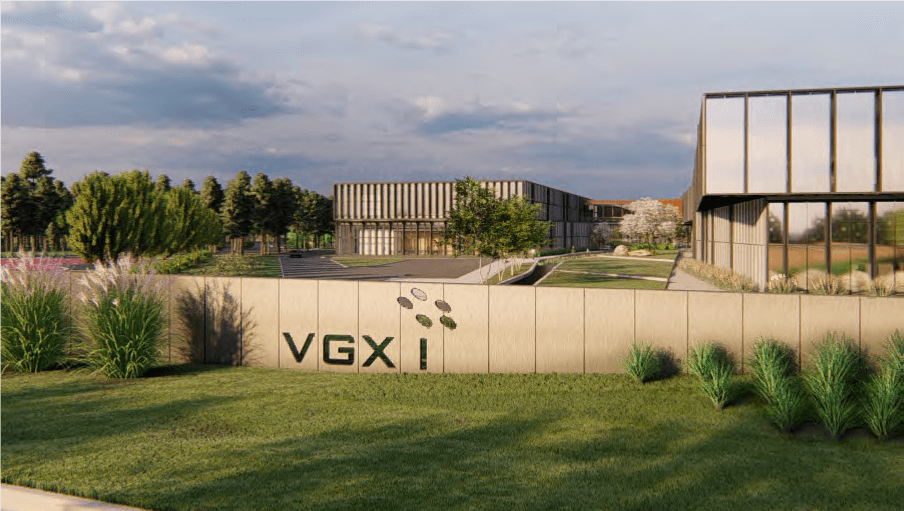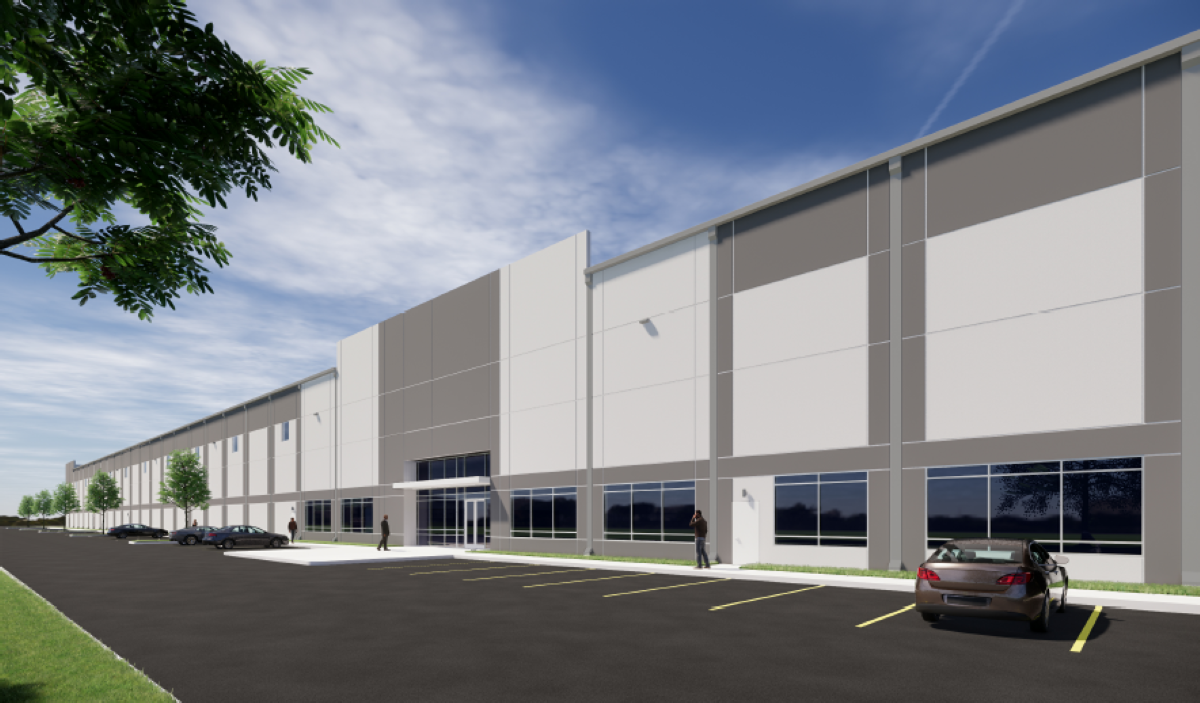
Accessibility is Made Here Featuring Conroe-North Houston Regional Airport
October 12, 2022
Conroe’s recent growth can be measured in many ways. An influx of people, businesses, and amenities have marked the evolution of one of America’s fastest growing cities. Hand-in-hand with that growth is better access through strategic planning and improved infrastructure throughout Conroe. A perfect example is Conroe-North Houston Regional Airport (KCXO) with planning and improvements that help Conroe handle increased passenger and cargo air traffic, as well as provide on-site amenities. This fast-growing airport showcases why Accessibility is Made Here.
Originally built in 1939, Conroe-North Houston Regional Airport has seen significant changes in its 83 years, mirroring the city in which it is located. Montgomery County has operated the airport since 1972, following years of use by the Civil Aeronautics Agency, United States Navy, and various fixed base operators. Known as Lone Star Executive Airport before 2015, the airport’s name was changed to better reflect its position as a regional general aviation airport.
Accessibility for Domestic and International Business Travelers
As a designated Reliever National Airport, it is key in relieving the business aircraft burden in the Houston region, specifically at nearby George Bush Intercontinental Airport. This means better access for business travelers and more access into Conroe.
The airport is presently home to 300 aircraft, 240 hangars, a control tower, two Fixed Based Operator (FBO) terminals, a general aviation terminal building, and a United States Customs and Border Protection facility. Additionally, the airport features a full-service restaurant, a United States Army Reserve Aviation unit, and more than 20 businesses and government agencies. Expansion and improvement of Conroe-North Houston Regional Airport has been widespread in the last decade.
In 2014, the airport completed a runway extension to 7,501 feet to accommodate larger aircrafts. The 3,300-square-foot U.S. Customs and Border Protection facility opened onsite in 2016, making Conroe a convenient and reliable destination for international business travel. Recent investments in runway overlays and a full-length parallel taxiway have added to the airport’s accessibility, capacity, and efficiency. Traffic counts have more than doubled since 2017, with takeoffs and landings of aircrafts expected to be near 125,000 in 2022.
“Since I got here, it has been exponential growth,” said James Brown, Airport Director since 2017. “There are many factors why Conroe has been one of the fastest growing communities. This airport plays a role in that.”
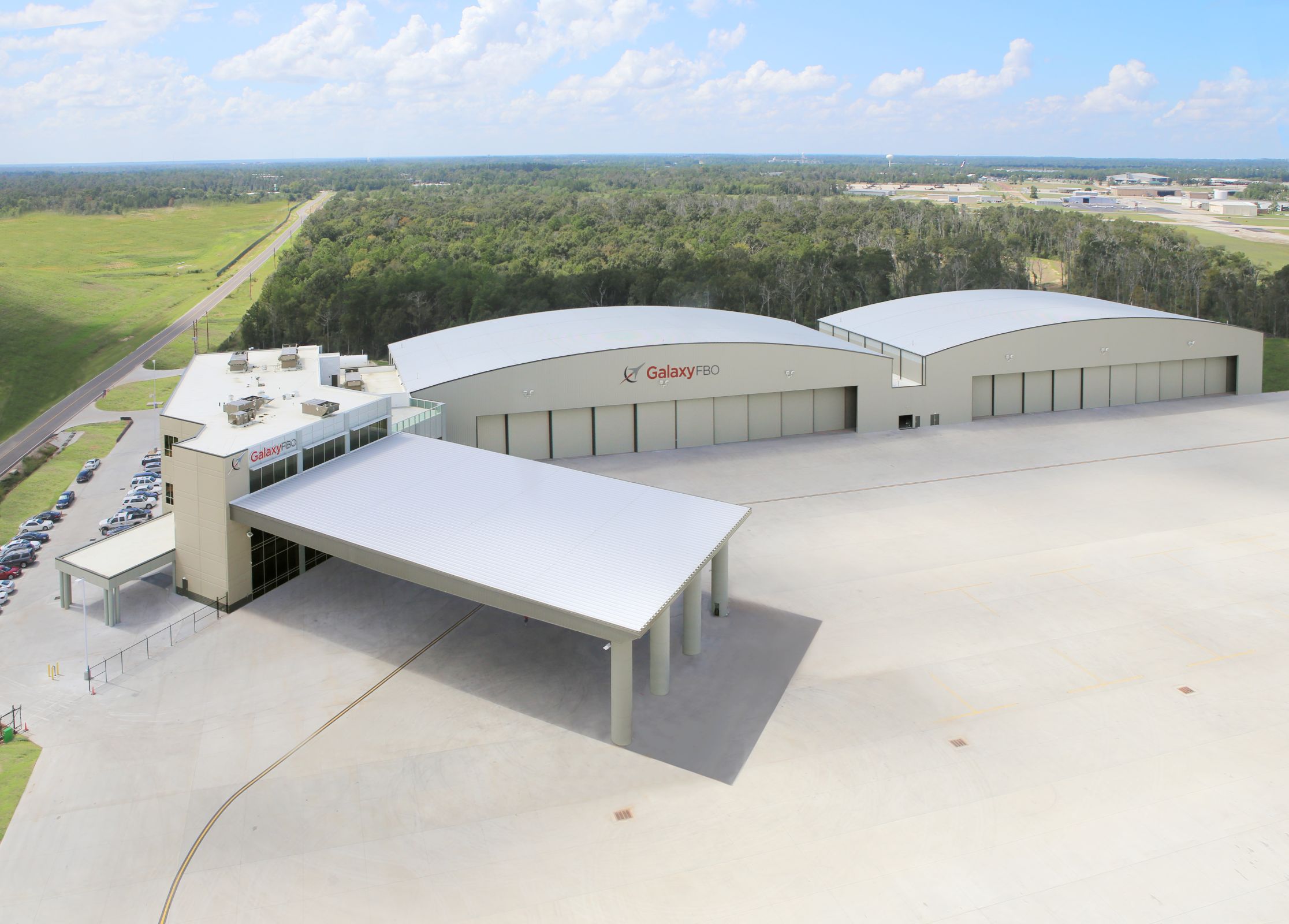
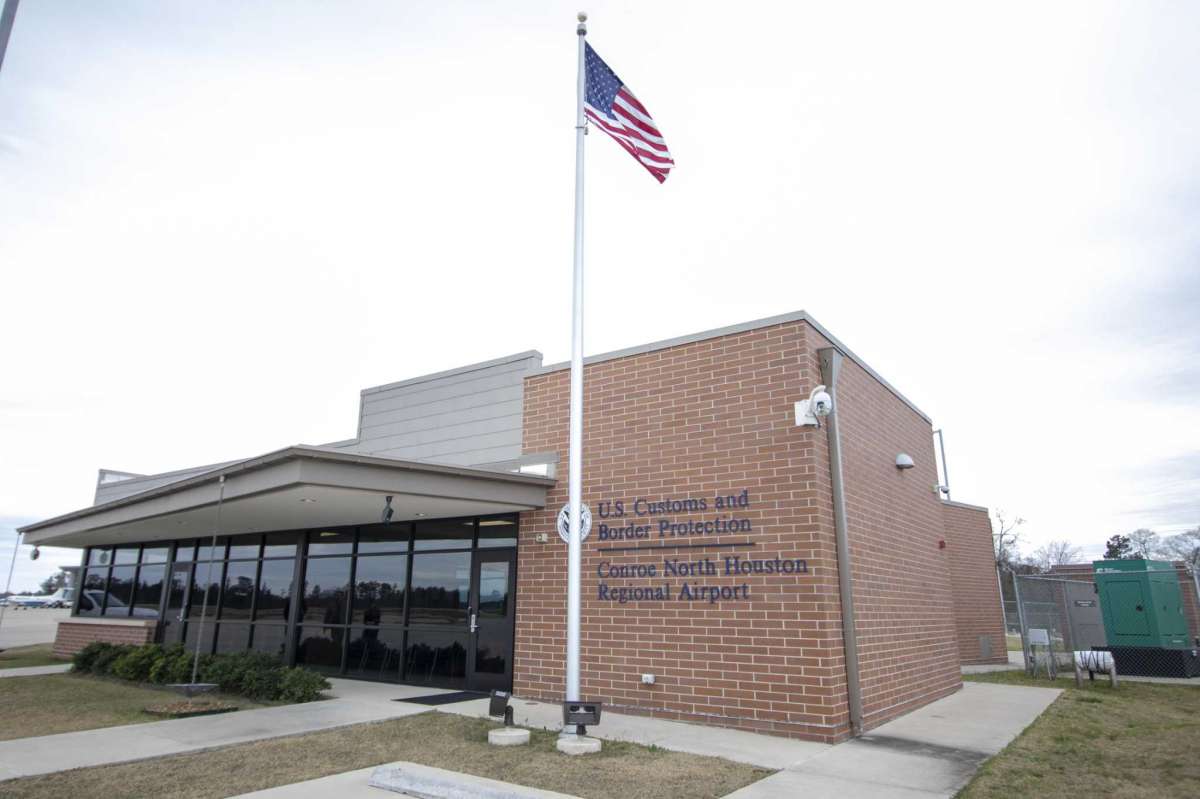
Investments at Conroe-North Houston Regional Airport have aligned well with development around the airport. Economic growth in the region has increased demand for corporate travel. Several major companies in Montgomery and Harris County have jets in Conroe, utilizing the ease of access the airport provides.
“The airport helps boost economic growth in the community, and economic growth also boosts the airport. It’s a good synergy,” added Brown. “It’s more practical for companies to fly their jet into Conroe, drive two miles to the industrial park, and within minutes after their meeting be wheels up.”
Population growth has delivered a positive impact to Conroe-North Houston Regional Airport. Along with pilots, technical jobs in maintenance and avionics are in demand at the growing airport. Employing approximately 400 people, with more expected down the road, the airport is a major contributor to the community.
“The airport is a major commerce engine. The amount of daily impact on our community is huge,” offered Brown.
Improved Infrastructure, Improved Accessibility
Improved infrastructure around the airport makes getting to Conroe-North Houston Regional Airport easier than ever. Travelers have direct access to the airport from Interstate 45 via League Line Road. The newly completed thoroughfare traverses major employment hubs, Conroe Park North and Deison Technology Park. Improvements to FM 3083, which runs from I-45 to the south end of the airport, provides even more access.
Just as Conroe maintains an upward trajectory, Conroe-North Houston Regional Airport is aiming to grow. A recent capital improvement plan revealed a goal to become certified for commercial traffic. The Federal Aviation Administration Part 139 certification requires standards for the airport to meet. With just one more box to check on those standards, Brown hopes to soon submit the application and earn the certification. Part 139 airport certification would bring greater access and commerce to Conroe.
“We see that as the future. We’ve had a lot of inquests about charter aircrafts and corporate aircrafts with more than 30 seats,” said Brown.
Conroe’s rapid growth would not have been possible without an emphasis on access. People and businesses rarely thrive in a place with limited connectivity to the rest of the region and world. That problem has been solved in Conroe, with resources dedicated toward getting to, from, and through the city. Conroe-North Houston Regional Airport highlights that dedication and makes it clear that in Conroe, Texas, Accessibility is Made Here.




